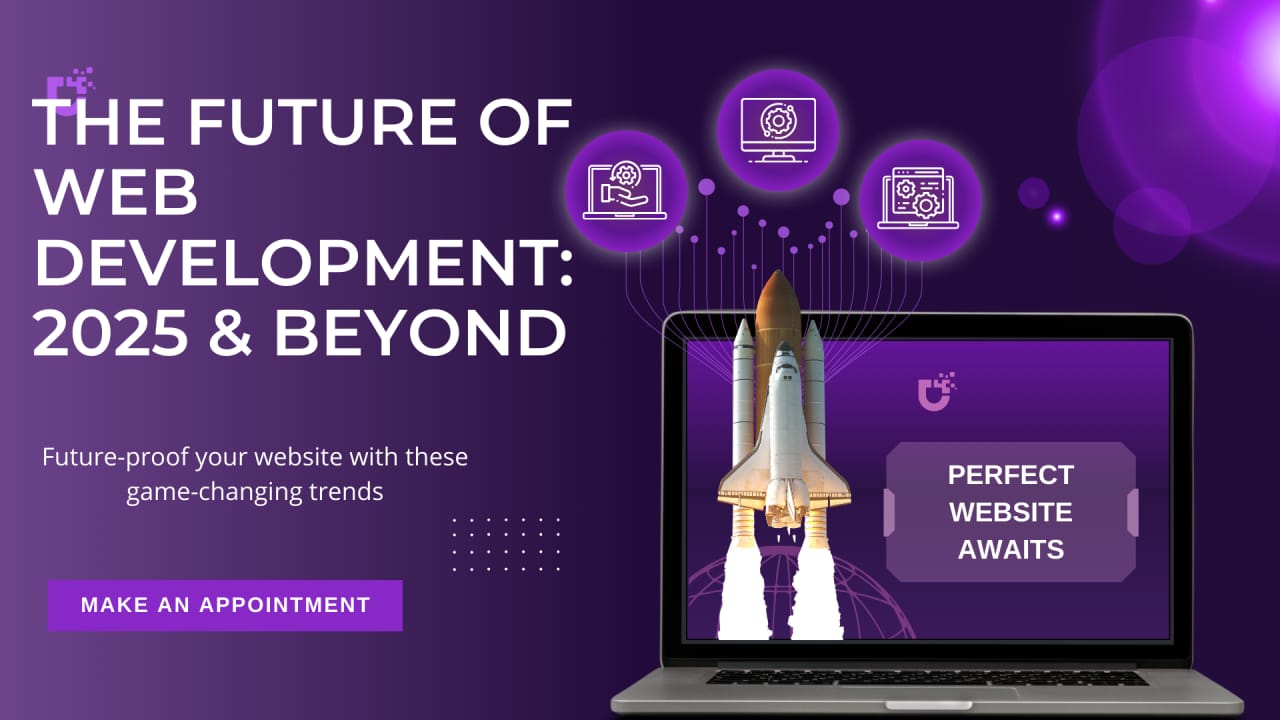The web development landscape is evolving faster than ever. With emerging technologies, changing user behaviors, and new digital standards, developers and businesses must stay ahead of the curve. As we move deeper into 2025, here are the top trends shaping the future of web development.
1. AI-Powered Development & Personalization
Artificial Intelligence (AI) is no longer just a buzzword—it’s reshaping how websites are built and experienced. Tools like ChatGPT and GitHub Copilot are helping developers write code faster and with fewer errors. On the frontend, AI enables personalized content delivery, chatbots, voice search optimization, and predictive UI/UX based on user behavior. Companies adopting AI in their web strategy are seeing increased engagement and higher conversions.
2. Progressive Web Apps (PWAs)
Progressive Web Apps offer the best of both web and mobile apps—fast loading times, offline access, and app-like interactions without needing to install anything. Major players like Twitter, Pinterest, and Uber use PWAs to provide seamless experiences. As mobile usage continues to dominate, PWAs are expected to become a default choice for businesses aiming to reach users on all devices.
3. Serverless Architecture
Serverless computing allows developers to run backend code without managing infrastructure. Platforms like AWS Lambda, Google Cloud Functions, and Azure Functions reduce operational costs and improve scalability. This trend supports the move toward more agile, microservice-based application structures, enabling faster deployment and maintenance.
4. Headless CMS and Jamstack
Traditional CMS platforms are giving way to Headless CMS and Jamstack architecture. This decouples the frontend from the backend, offering better speed, security, and flexibility. Developers can build lightning-fast sites using tools like Next.js, Gatsby, and content APIs such as Strapi or Contentful. This model also allows content to be delivered across platforms—websites, apps, smart devices, and more.
5. Enhanced Cybersecurity and Privacy Standards
With rising cyber threats and data privacy regulations (like GDPR and CCPA), security is a top concern. Web development now demands secure coding practices, HTTPS by default, multi-factor authentication (MFA), and regular security audits. Developers must also be aware of accessibility and compliance guidelines to protect both users and businesses.
6. WebAssembly (Wasm)
WebAssembly (Wasm) allows high-performance applications to run in the browser using languages like C++, Rust, and Go. It opens the door for complex applications—such as video editing, CAD tools, and games—to work smoothly online. As browser support grows, Wasm will power the next generation of interactive web applications.
At Drisha Technologies, we serve clients in the USA, UK, Australia, and Saudi Arabia, delivering cutting-edge solutions using:
- AI-powered development
- JAMstack architecture
- Low-code platforms
- Responsive, mobile-first UI/UX
Contact Us for a free consultation and start your 2025-ready web project today.
Conclusion The future of web development lies in flexibility, intelligence, and user-centric design. Developers and companies who embrace modern frameworks, automation, security, and performance will be best positioned to thrive. At Drisha Technologies, we continuously innovate and adapt to these trends to deliver robust, future-ready digital solutions for our clients.
